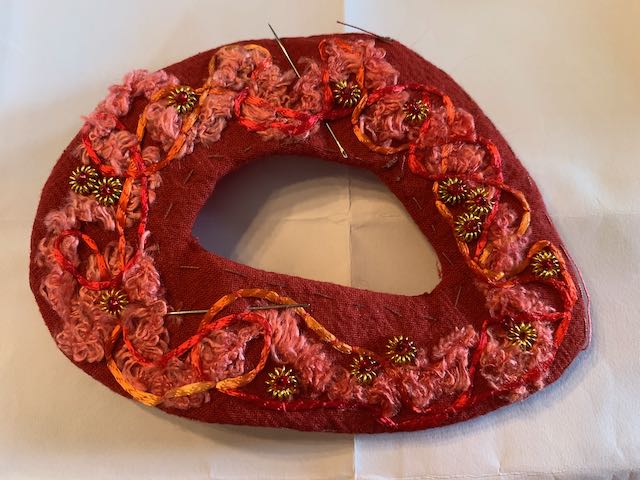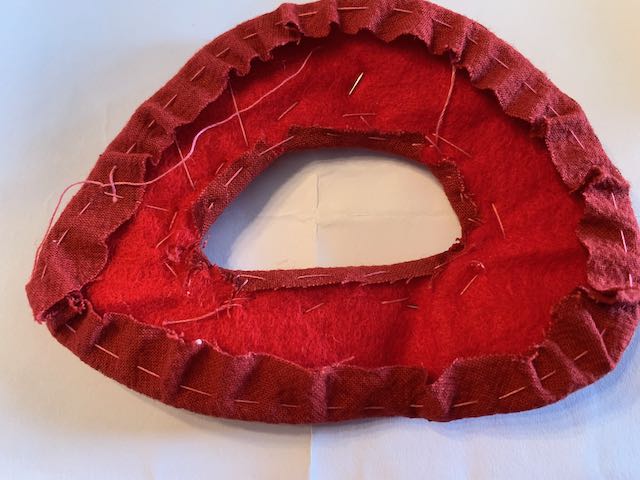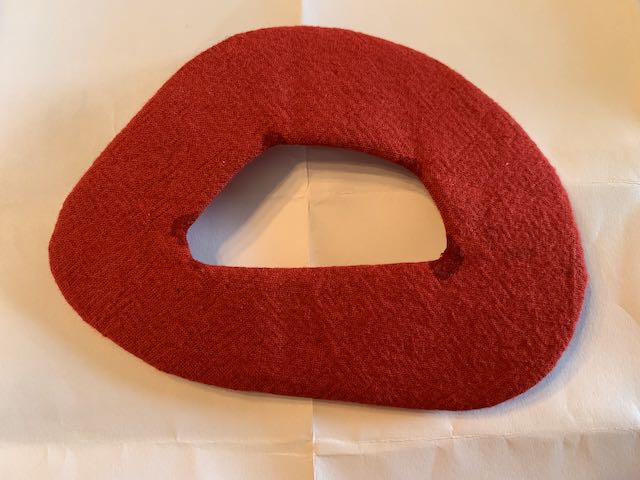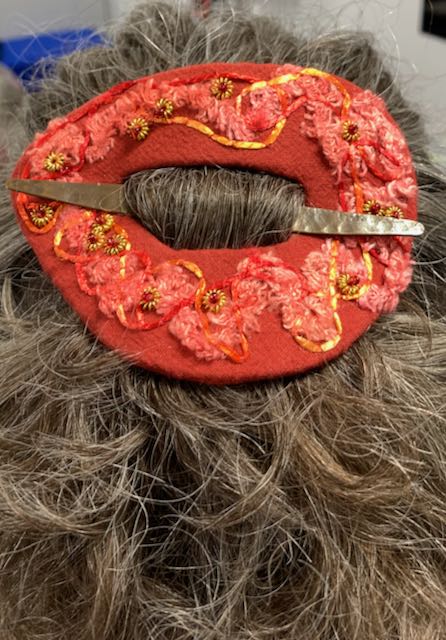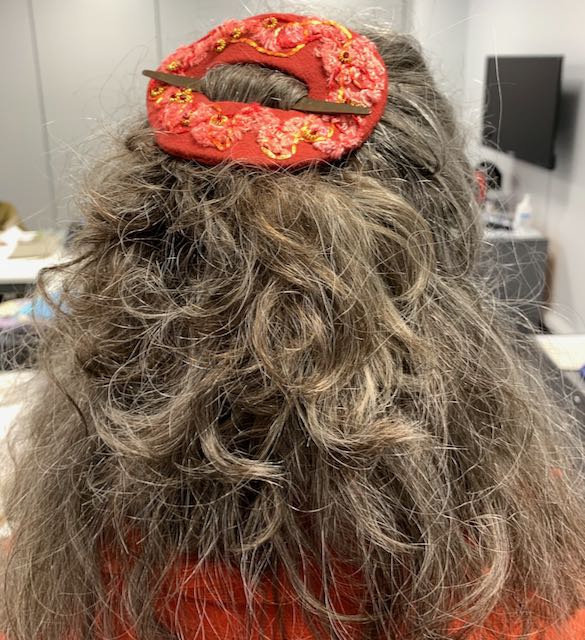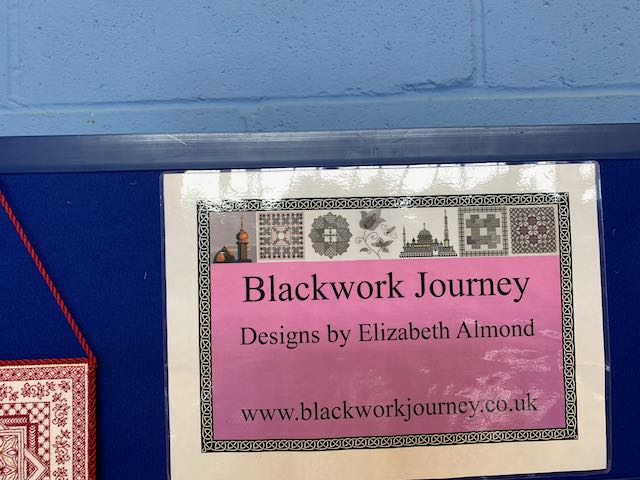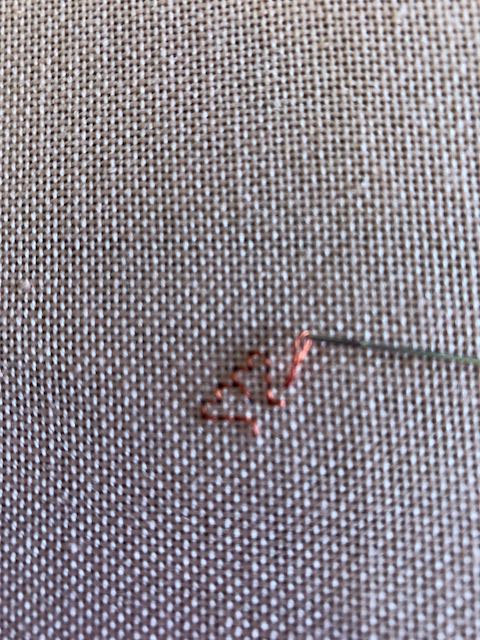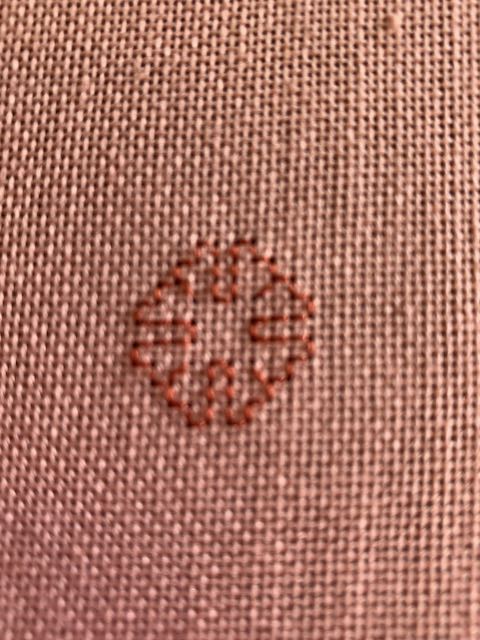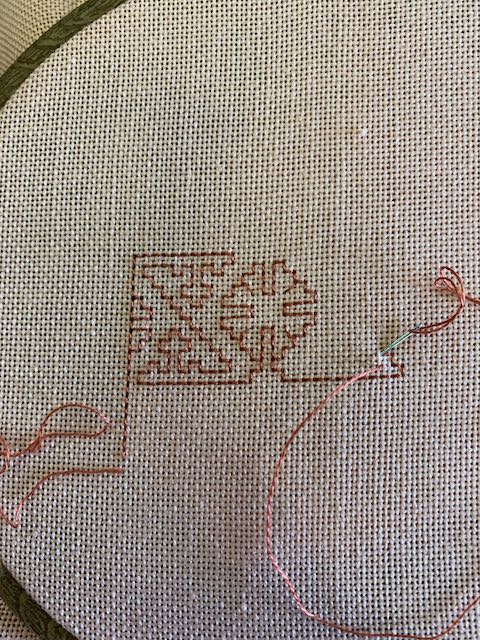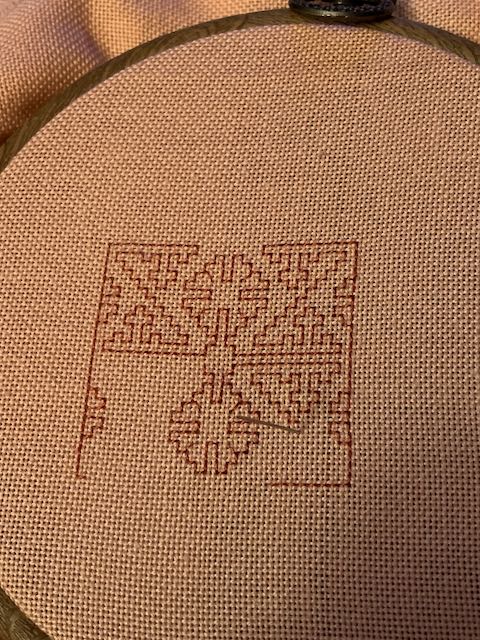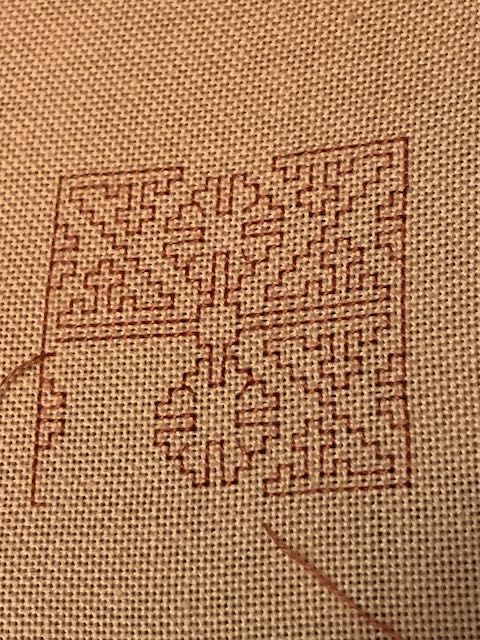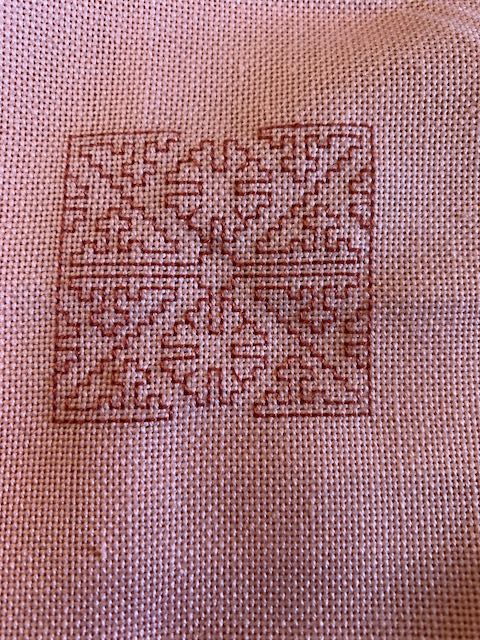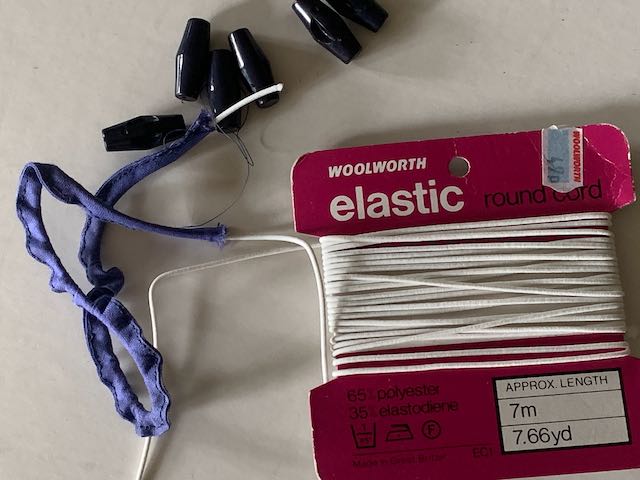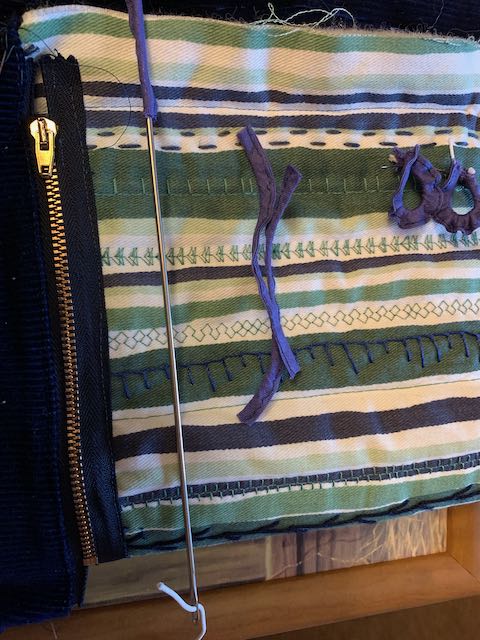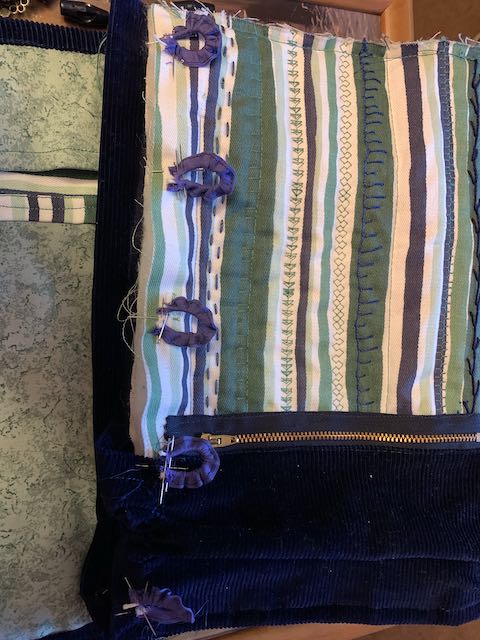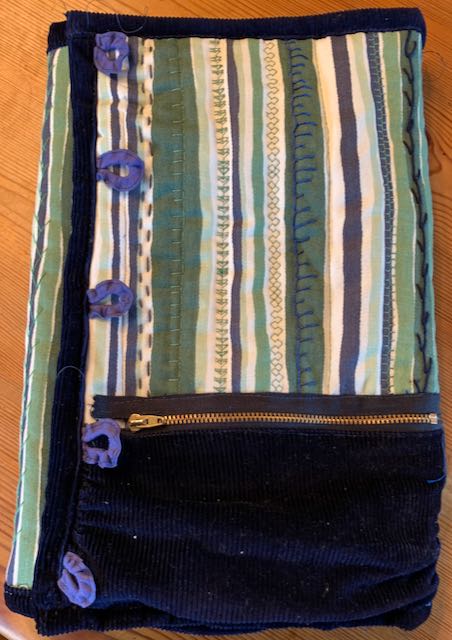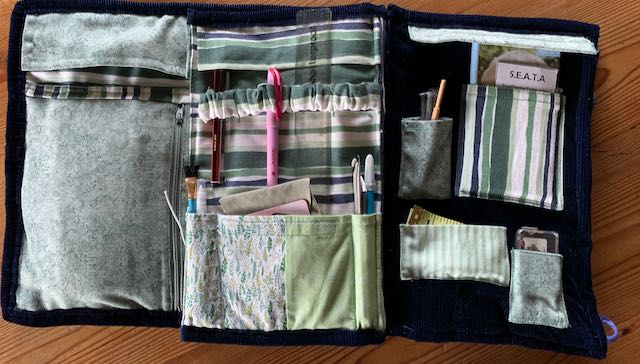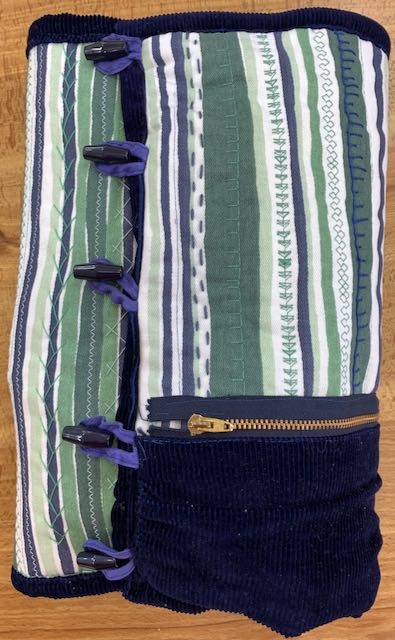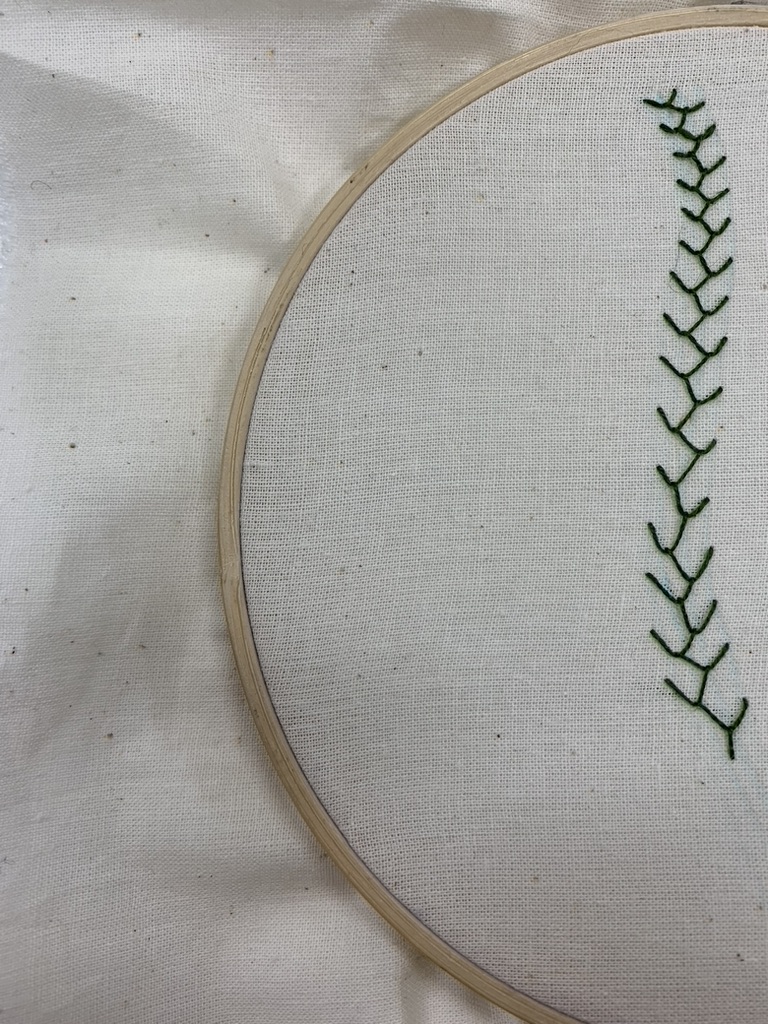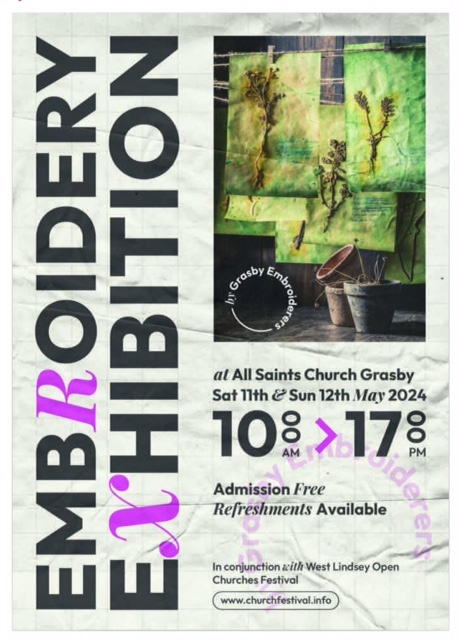
After our “Out in the garden” exhibition last year, what were we doing and where were we going as a group this time?
It was suggested that we did an exhibition at All Saints Church in Grasby as part of West Lindsey Churches Festival.

Although the Festival is over two weekends in May, the Grasby Church and our exhibition are open only on 11 and 12 May, 10am-5pm.
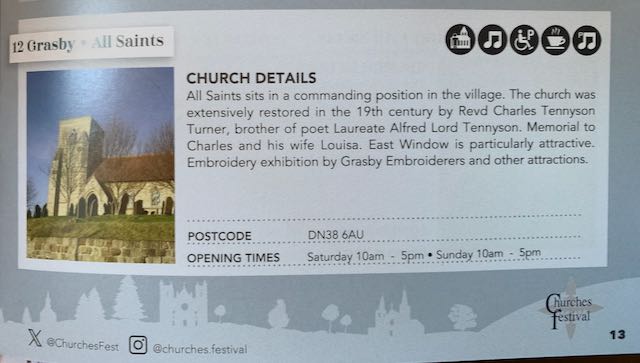
As for “what”, we took a new title of “Botanicals”, which has been interpreted completely differently by each of the six of us, as always. In the end, my pieces were inspired by this photograph of hydrangeas that I took many years ago.

We’ve all done a piece in a black frame called “Putting the garden to bed”, based on taking down the “Out in the garden” exhibition last August. Some of the pieces are from “Out in the garden”, but will look completely different in the different setting.
Jean gave us all a lovely piece of vintage linen tablecloth with a pre-printed design, and even with so much the same starting point, we have six very varied finished pieces of work.
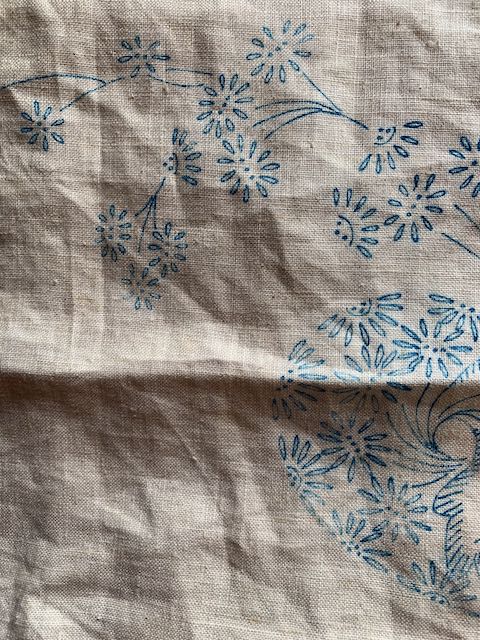
We all had 8-plus labels for our own work at the last meeting, and there is also a large communal piece to see, that we’ve all contributed to.
Local ladies are providing refreshments (but there’s no loo, so don’t drink too much tea!). We are taking turns with the stewarding and answering any questions about the work. There are fabulous views over the Wolds from the church porch, and if the weather is clear enough you can even see Lincoln Cathedral.
